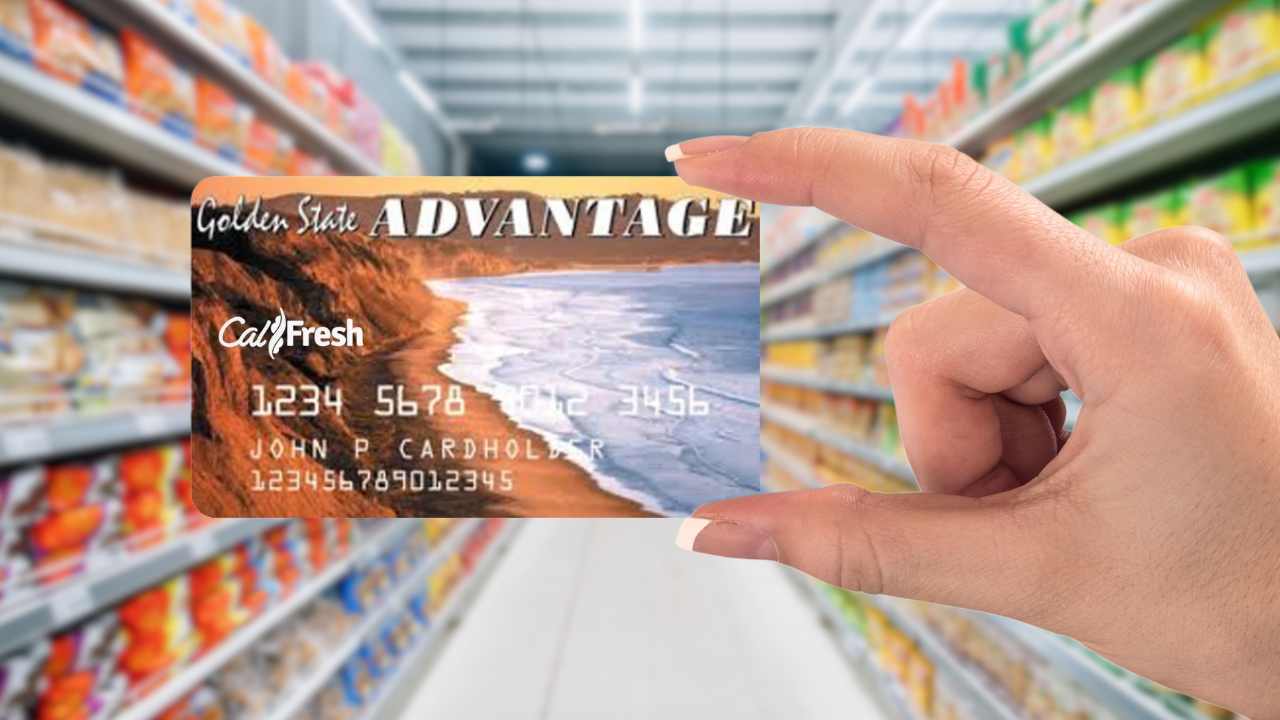The CalFresh benefits disbursement schedule for September 2025 is structured to distribute funds during the first ten days of the month. This distribution is based on the last digit of each recipient’s case number. Deposits are made to Electronic Benefit Transfer (EBT) accounts and are available by midnight on the corresponding date.
The CalFresh program is the state’s implementation of the federal Supplemental Nutrition Assistance Program (SNAP). Its purpose is to provide food support to low-income individuals and families through the use of EBT cards.
Data from mid-2025 indicate that more than 5 million people in California rely on this assistance, making it the largest program of its kind in the United States. Annual federal funding exceeds $12 billion, directly injected into the state’s economy.
Upcoming CalFresh (SNAP) payment dates in September
Disbursements are scheduled as follows: Cases ending in 1 receive funds on September 1; those ending in 2 receive funds on September 2; and so on up to 9, which corresponds to September 9. Cases ending in 0 receive funds on September 10.
The 2025 CalFresh maximum benefit amounts, corresponding to SNAP benefits’ maximums, are determined by household size and adjusted annually according to federal guidelines.
For fiscal year 2025, the maximum CalFresh benefit amounts are as follows, based on household size:
- For 1-person households, the maximum benefit is $291 per month
- for 2 people households, $536
- for 3 people households, $768
- for 4 people households, $975
- for 5 people households, $1,157
- for 6 people households, $1,390
- for 7 people households, $1,536
- and for 8 people households, $1,756
- For households with more than 8 members, an additional $220 is added for each additional person.
Who will receive CalFresh benefits in 2025?
The composition of program recipients reflects California’s diverse population, albeit with a disproportionate representation of certain groups. The Latino community makes up approximately 60% of beneficiaries statewide. This percentage contrasts with its 39% representation in California’s general population.
Studies on food insecurity show that Latino households face particular challenges. Nearly 48% of these low-income households report difficulty obtaining sufficient food. This figure compares to a rate of 45% for all low-income adults.
Now, a package of imminent reforms stems from federal legislation passed in 2025. The legislation, often referred to by sources as the Republican reconciliation bill, enacts the deepest cuts in SNAP history. The adjustments entail an approximate $186 billion reduction in funding over the next decade, effective through 2034. Key modifications will begin to be implemented starting in January 2027.
Specific effects of the reforms on CalFresh eligibility
A key change involves reducing federal contributions to SNAP. This measure will force states to cover the shortfall from their own budgets or pass the cuts directly to beneficiaries. Estimates suggest this could result in lower monthly benefits for millions of people. Nationally, the total cut is estimated at $300 billion. In California alone, the program could lose billions.
The new rules also tighten eligibility criteria, particularly for able-bodied adults under 65 who do not have young children. Recipients must prove increased hours of employment, volunteering, or training, with a minimum of 80 hours per month. Bureaucratic procedures to verify compliance are increased.
Immigrants face additional hurdles, as the changes reverse previously expanded rules and potentially disqualify many legal residents and mixed-status families.
The administrative burden is increased by more frequent recertifications and additional documentation requirements. This procedural complexity could lead to a higher dropout rate, even among people who remain eligible.
This “attrition” effect is anticipated to worsen food insecurity indicators as families struggle to navigate the revamped system. California has attempted countermeasures, such as Senate Bill 1211, which seeks to use state funds to partially offset federal losses.
One particular population will be more affected
The combination of demographic, economic, and geographic factors supports the conclusion that Latinos will bear the greatest impact of these changes. Their high dependence on the program is a key factor. In California, they make up the majority of CalFresh users, with participation rates that reflect broader poverty trends.
For example, 22% of residents in the San Joaquin Valley, a region with a high Latino density, rely on the program.
The cuts could affect more than 950,000 people in that area alone. Statewide, 18% of Latino and Black households experience food insecurity, a higher rate than white or Asian households. The presence of families of mixed immigration status amplifies this effect. Many of these households include immigrants or noncitizens, who are the direct targets of the rollbacks in eligibility.
A 2025 UCLA study notes that these cuts threaten food access for millions, with Latinos facing regional disparities, such as higher costs in urban areas. Overrepresentation in low-wage sectors, such as agriculture, construction, and services, where work is often seasonal or unstable, makes it difficult to meet the new labor requirements. Food insecurity is already acute, with 48% of low-income Latino adults impacted.







